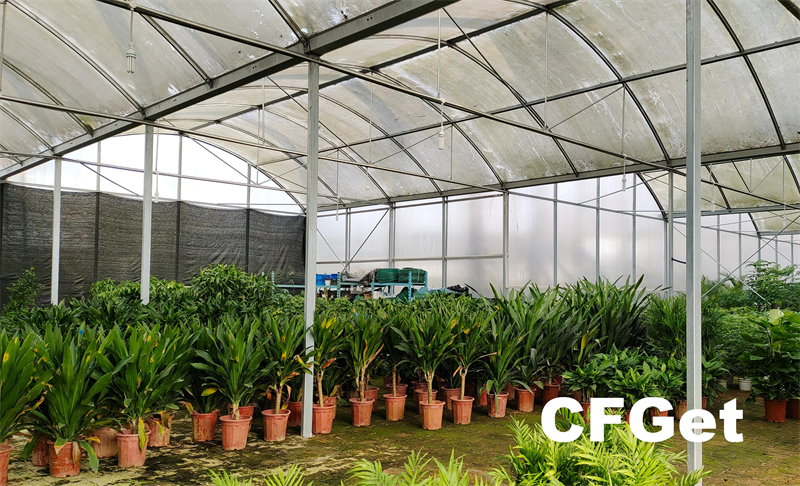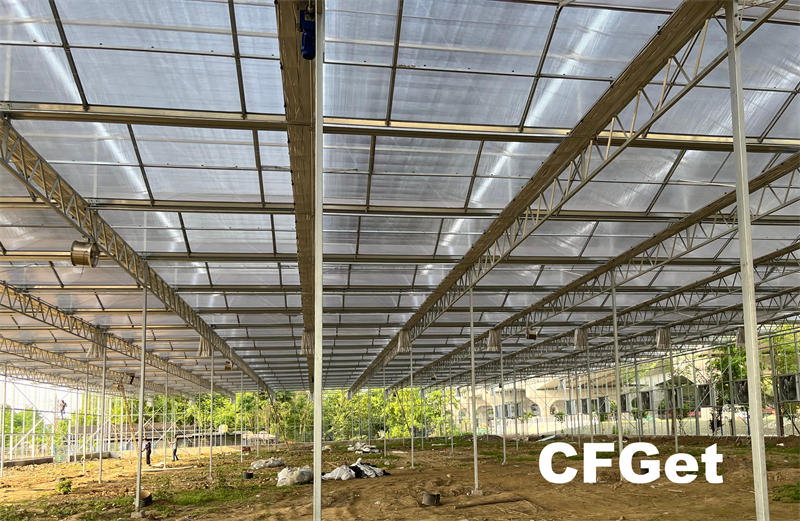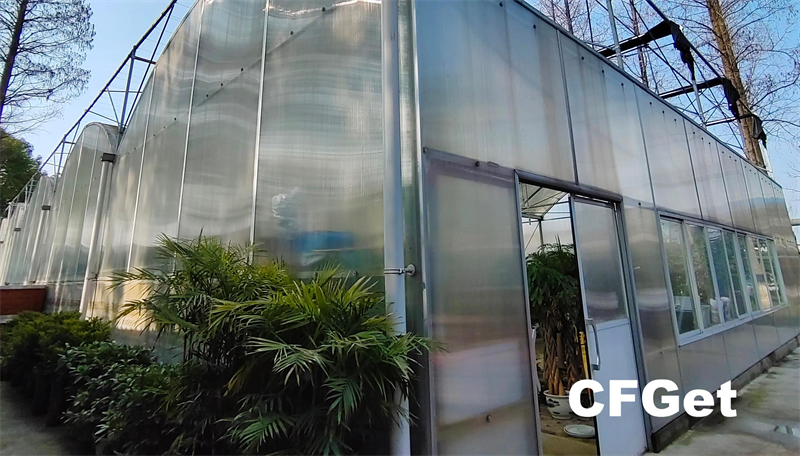When winter rolls in and temperatures drop, many gardeners think that the best way to protect their plants is by keeping their greenhouse tightly shut. However, this might not always be the best approach. Over-closing your greenhouse can lead to issues that may harm your plants. So, how can you properly manage your greenhouse during the cold months to ensure your plants stay healthy? Let’s take a look.
1. How Greenhouse Effect Works: Sunlight Keeps Your Plants Warm
A greenhouse functions based on a principle called the “greenhouse effect.” This is when sunlight enters through transparent materials like glass or plastic, warming the plants and the soil inside. As the sun heats the surfaces, this warmth is trapped inside the greenhouse, preventing it from escaping easily. As a result, even if the temperature outside is freezing, the inside of the greenhouse can remain significantly warmer.
During the day, the temperature inside your greenhouse can rise by 10 to 20 degrees (or even more) compared to the outside. This allows plants to continue thriving in a protected environment without exposure to the harsh winter conditions outside.

2. The Winter Challenge: Cold Temperatures and Plant Health
Even though a greenhouse can provide some warmth, cold temperatures still pose a challenge, especially for plants that thrive in tropical or warm climates. When temperatures drop too low, plants can suffer from frost damage or slow down their growth as they enter dormancy.
Some plants are particularly vulnerable to cold. For instance, tropical plants like tomatoes or peppers may stop growing entirely during winter if the temperature inside the greenhouse isn't kept high enough. On the other hand, hardier plants, such as succulents or certain types of herbs, can withstand cooler temperatures and may still grow well during the winter months. Managing the temperature properly inside your greenhouse...

3. The Pros and Cons of Keeping Your Greenhouse Closed
Keeping your greenhouse tightly closed can offer several advantages, but it also comes with potential drawbacks.
Advantages: Closing your greenhouse helps to trap heat inside, which can protect plants from freezing temperatures. It also prevents cold winds from damaging sensitive plants.
Disadvantages: Without proper ventilation, the inside of the greenhouse can become humid, which may lead to the growth of mold or mildew. Additionally, lack of airflow can lead to poor air quality, which can affect plant health.

4. How to Manage Your Greenhouse in Winter
To keep your greenhouse healthy during the winter months, here are a few tips:
- Ventilation: Open a few windows or doors occasionally to let fresh air circulate. This helps maintain a balance in humidity and prevents fungal growth.
- Temperature Control: Use heaters or thermal blankets to maintain a stable temperature inside. For particularly cold nights, make sure the greenhouse temperature doesn't drop below the required minimum for your plants.
- Plant Protection: Cover sensitive plants with frost blankets or use low-wattage heaters to protect them from extreme cold.
By carefully managing your greenhouse environment, you can keep your plants thriving throughout the winter. Don't forget that each plant has specific needs, so be sure to adjust your greenhouse care accordingly.
Welcome to have a further discussion with us.
Email: info@cfgreenhouse.com
Phone:(0086 )13550100793
- #Greenhousewintercare
- #Greenhousetemperaturecontrol
- #Howtoprotectplantsinwinter
- #Bestplantsforwintergreenhouse
- #Greenhouseventilationtips
Post time: Dec-15-2024







 Click to Chat
Click to Chat